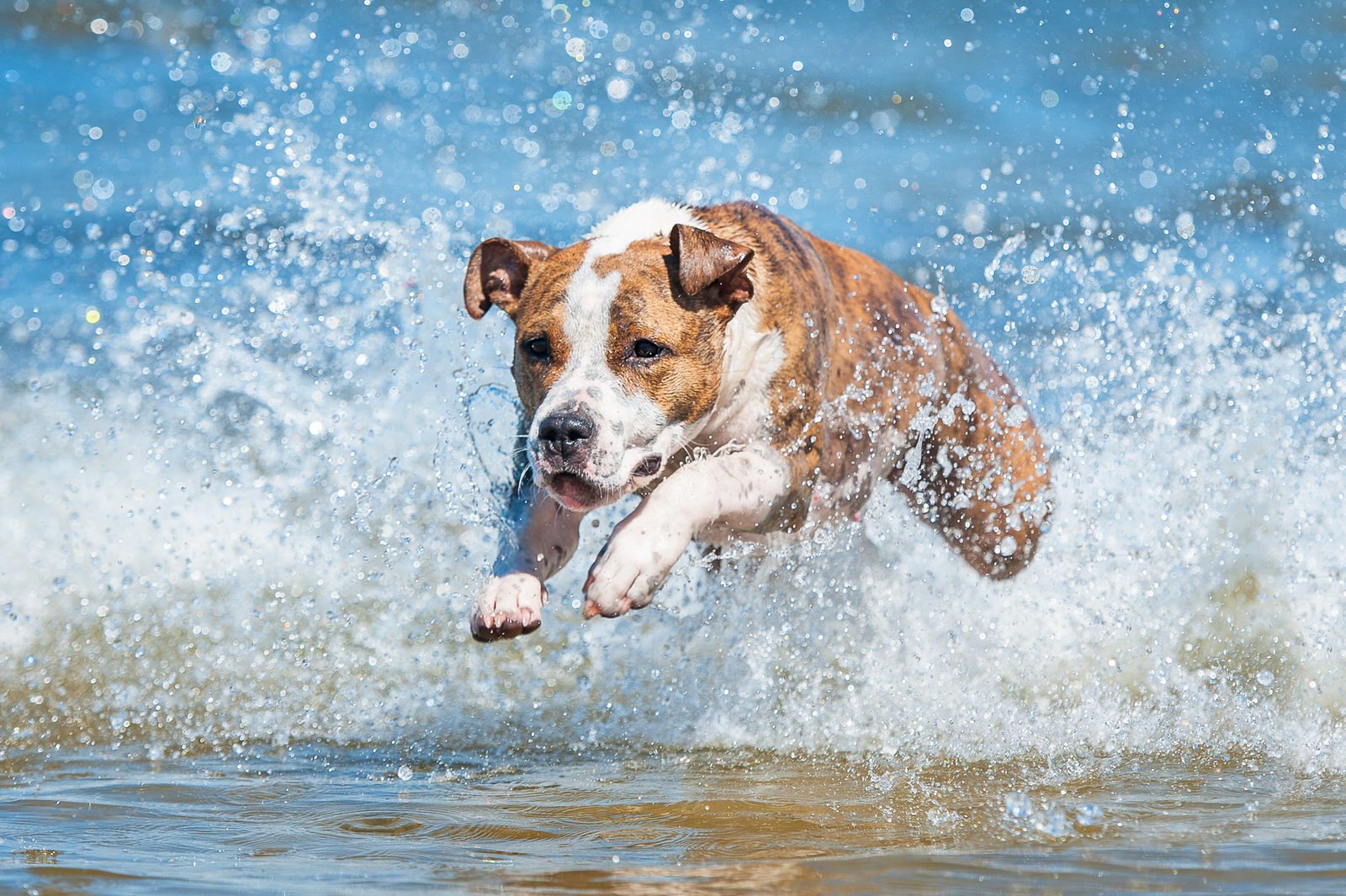Cyanobacteria (a.k.a Blue-Green Algae) is not something to mess around with, especially when it concerns the safety of our four-legged companions. Dogs, livestock, and other animals can suffer severe illness or death within minutes to days after swallowing toxins from blue-green algae blooms. Providing supportive medical care immediately after exposure can save an animal’s life.
Exposure and Health Impacts
Dogs and other animals are usually exposed by drinking contaminated water, swallowing water while swimming, or licking blue-green algae from their fur. Dog and other animals can become seriously ill or die suddenly after exposure. Signs depend on how they were exposed, how long they were exposed, and the types of toxins they were exposed to.
Signs your Pet may have Ingested Blue-Green Algae include:
- Diarrhea or vomiting
- Excessive drooling
- Disorientation
- Seizures
- Liver failure
- Untimely death
If you suspect that your pet has been exposed to blue green algae or starts to experience any of these symptoms, contact your veterinarian immediately. To read more about the symptoms, exposure, and clinical information, please view the CDCs Cyanobacteria Bloom Flyer.
What Can I Do To Keep My Pet Safe?
- Always keep your pet leashed around bodies of water, especially if the water appears dirty or foamy.
- Don’t let your pet drink or swim in ponds or lakes that appear to be contaminated.
Remember, you cannot tell if a algae bloom is toxic. If ever in doubt, it is always best to stay out!
For more information on Blue-Green Algae, please read our Blue Green Algae post.
